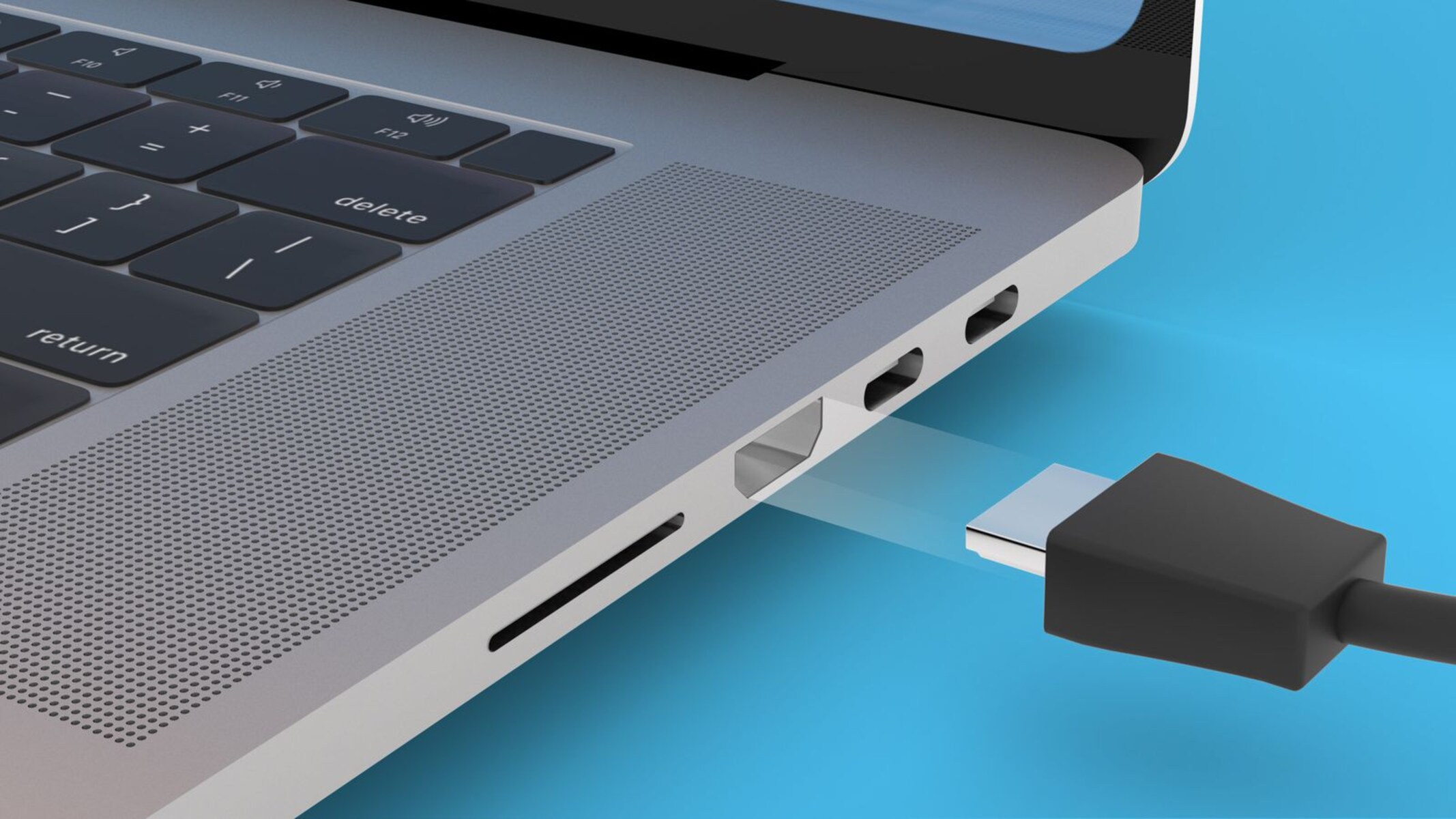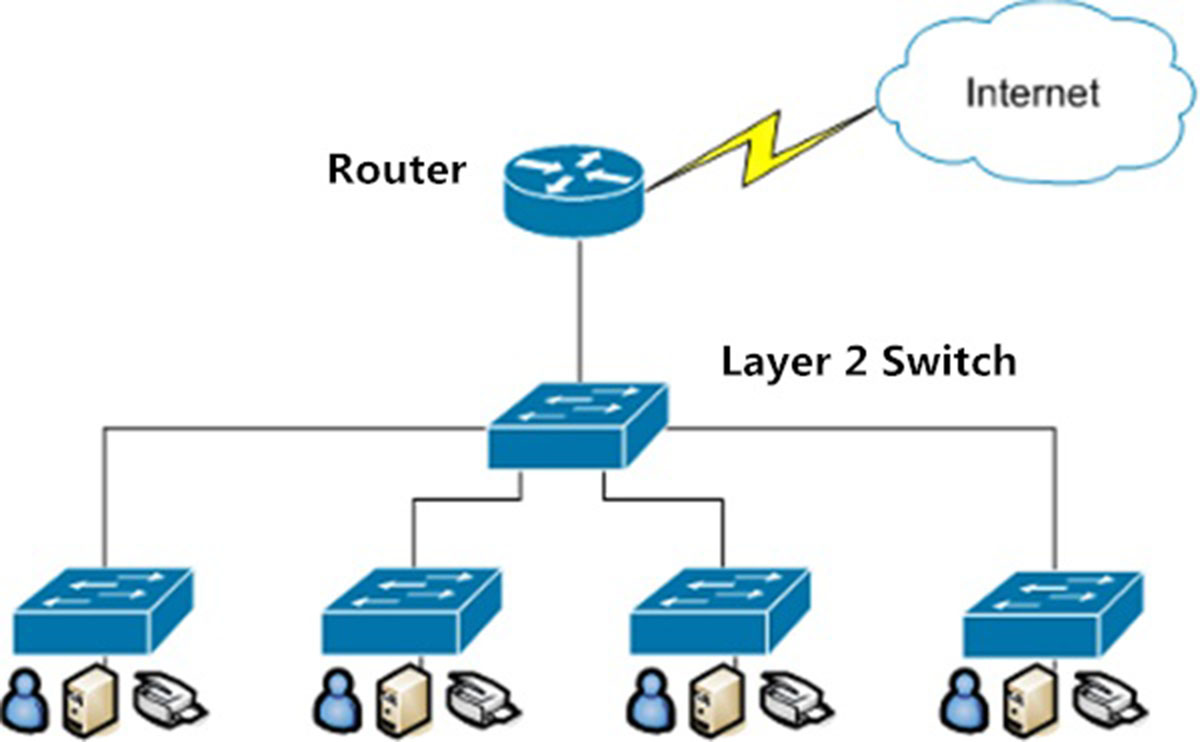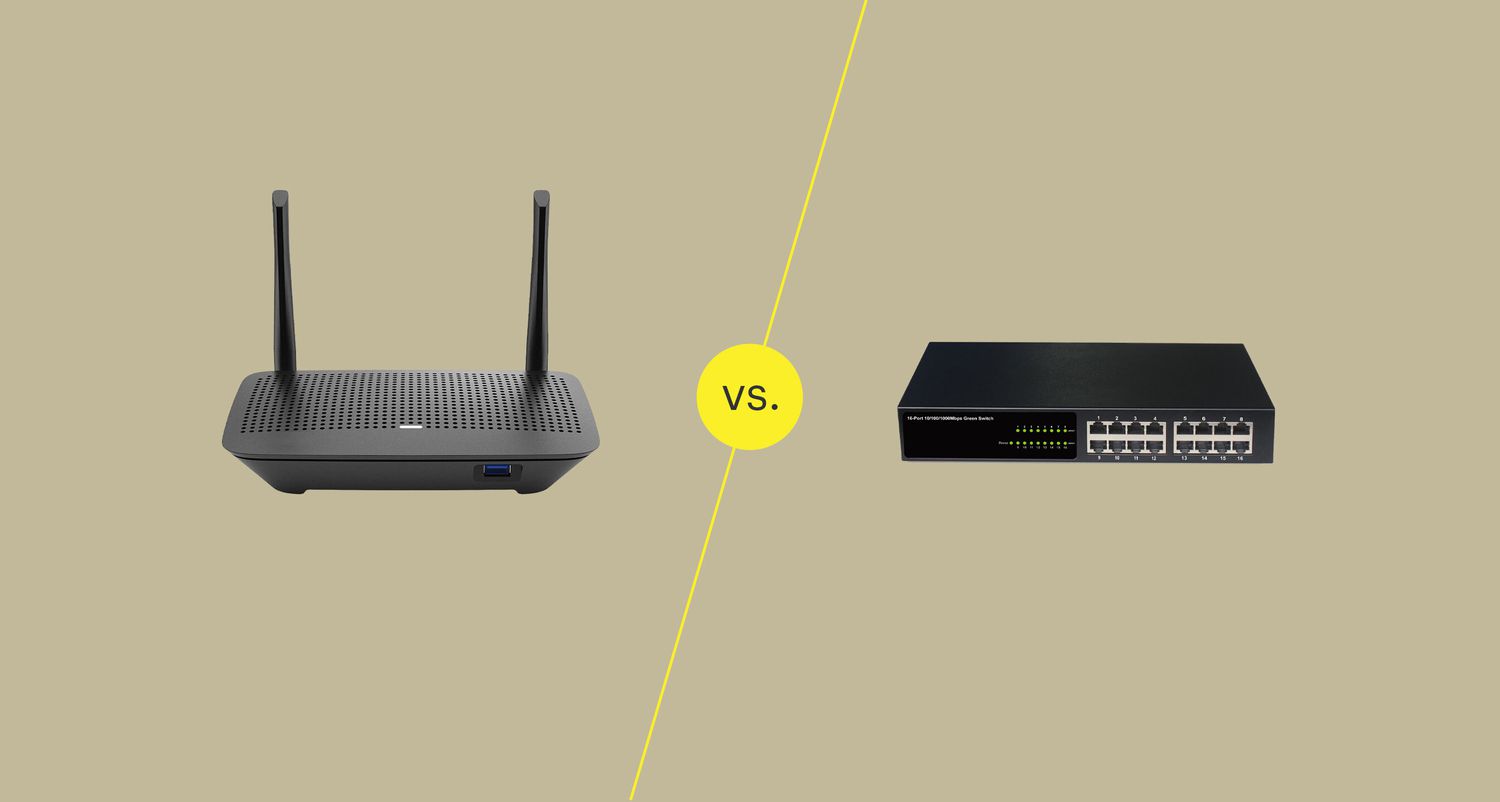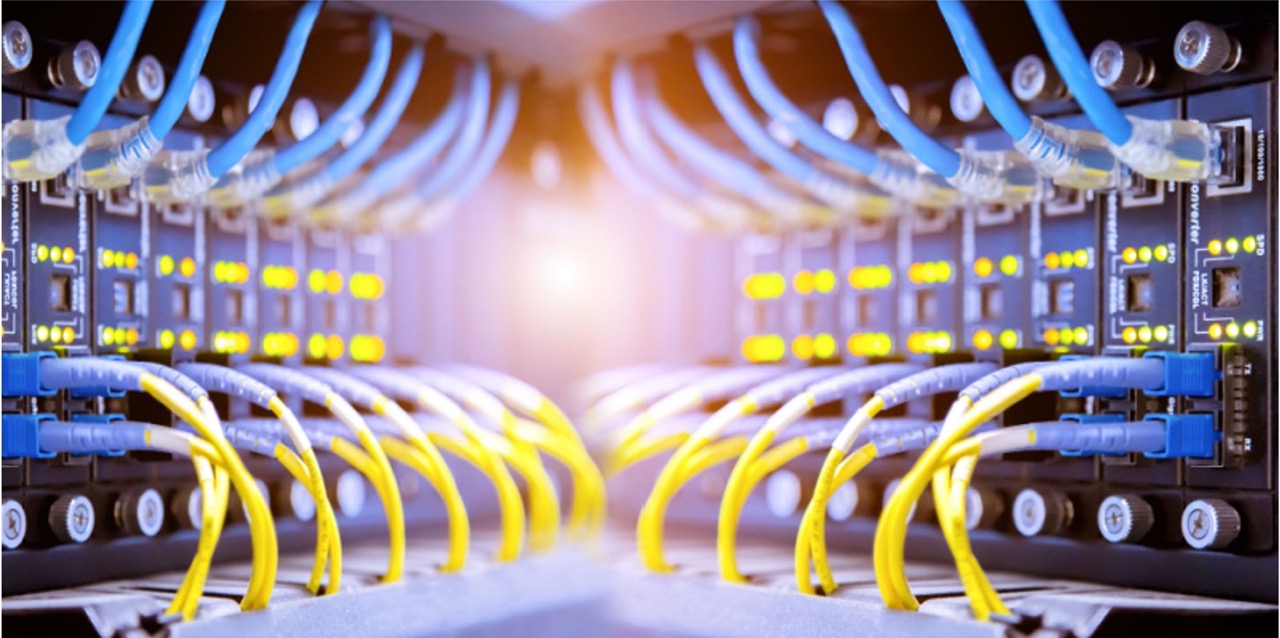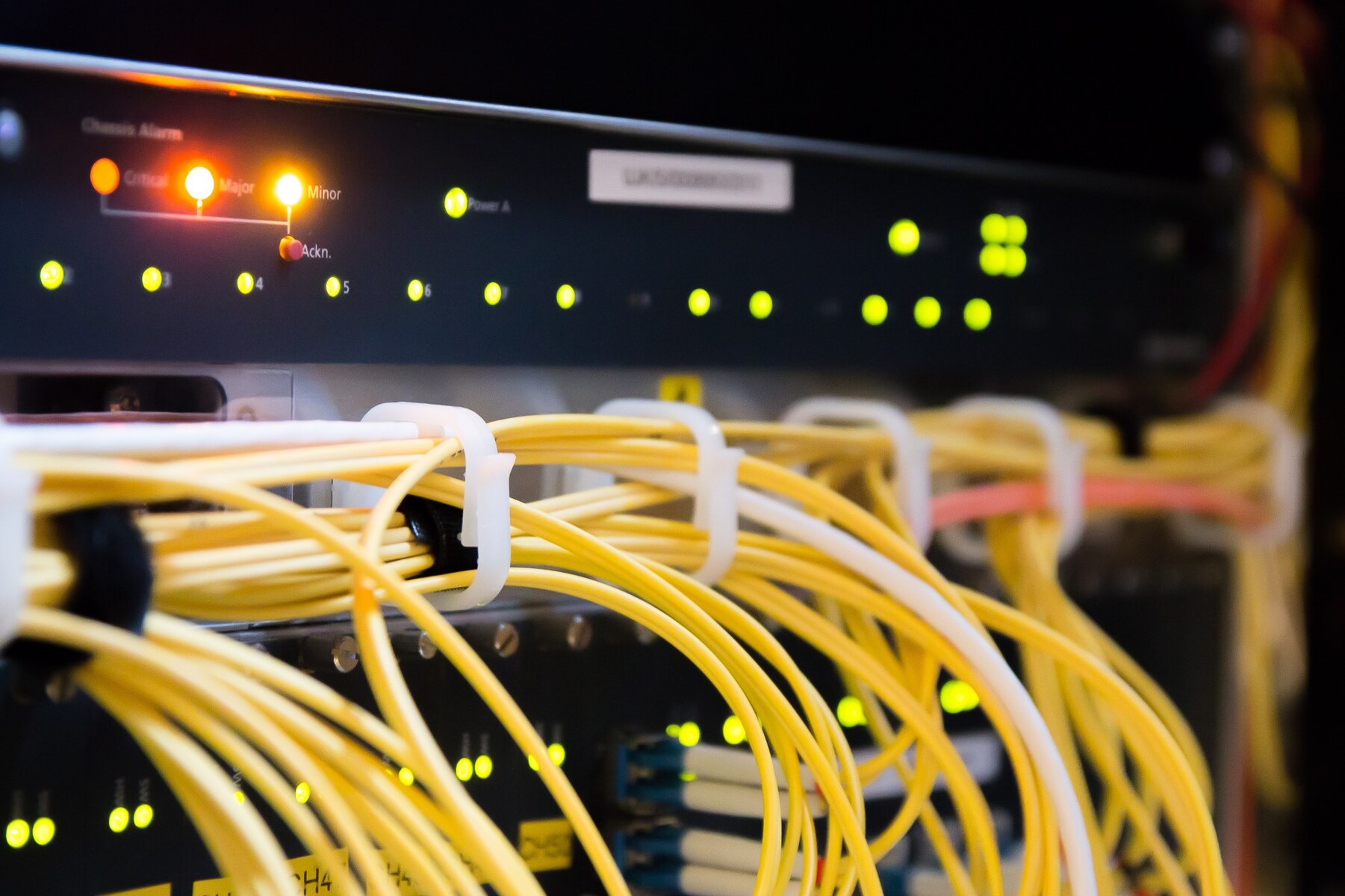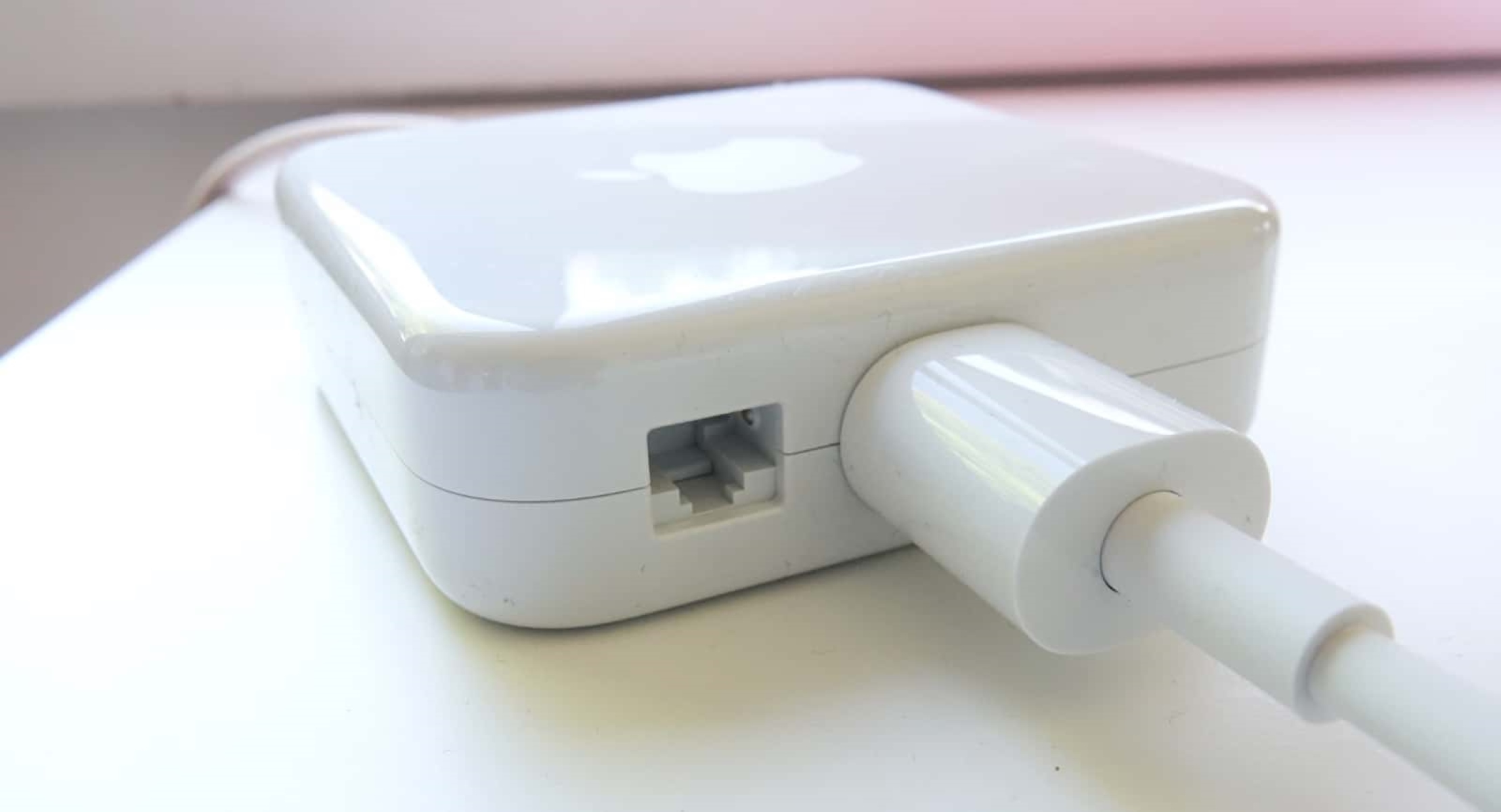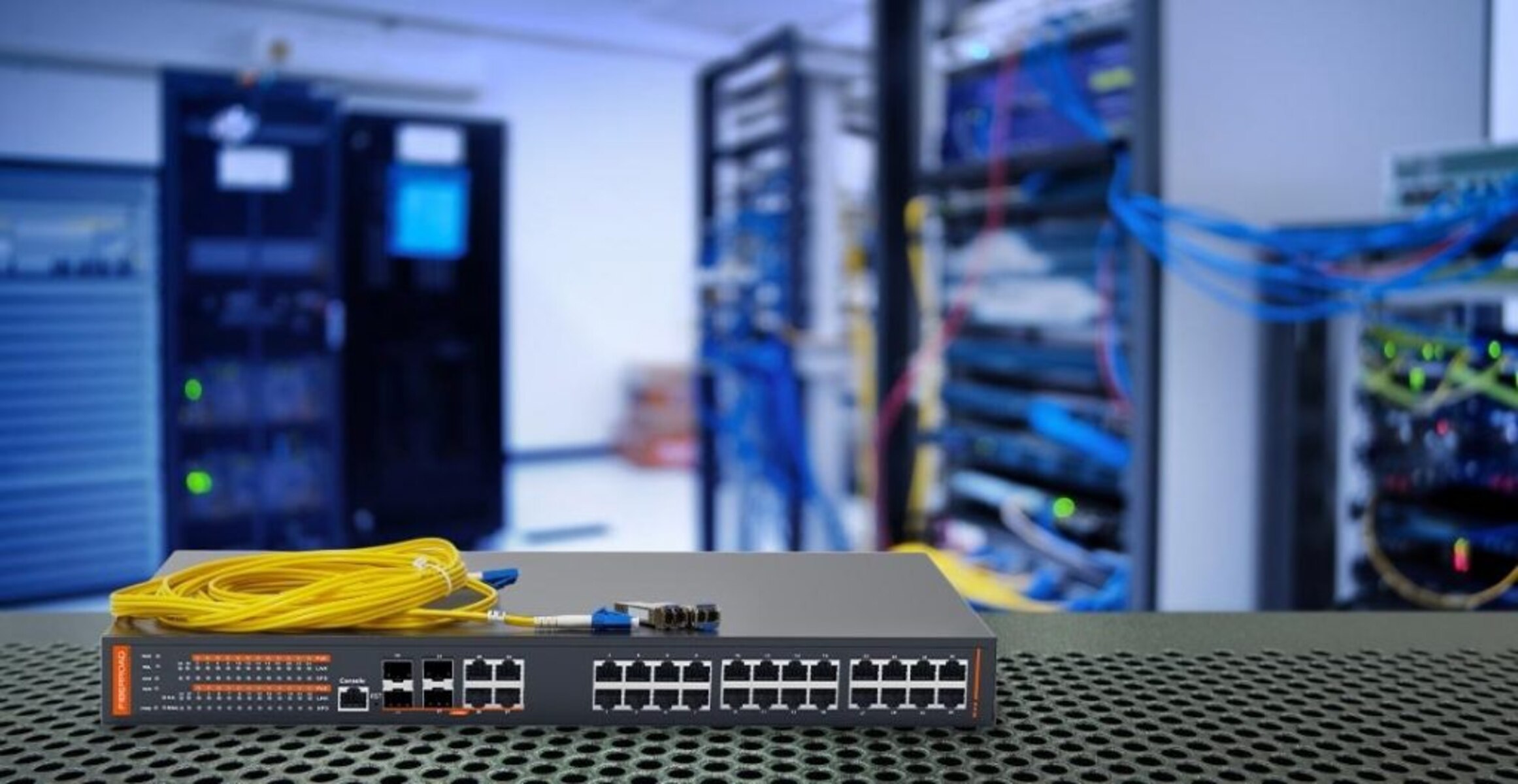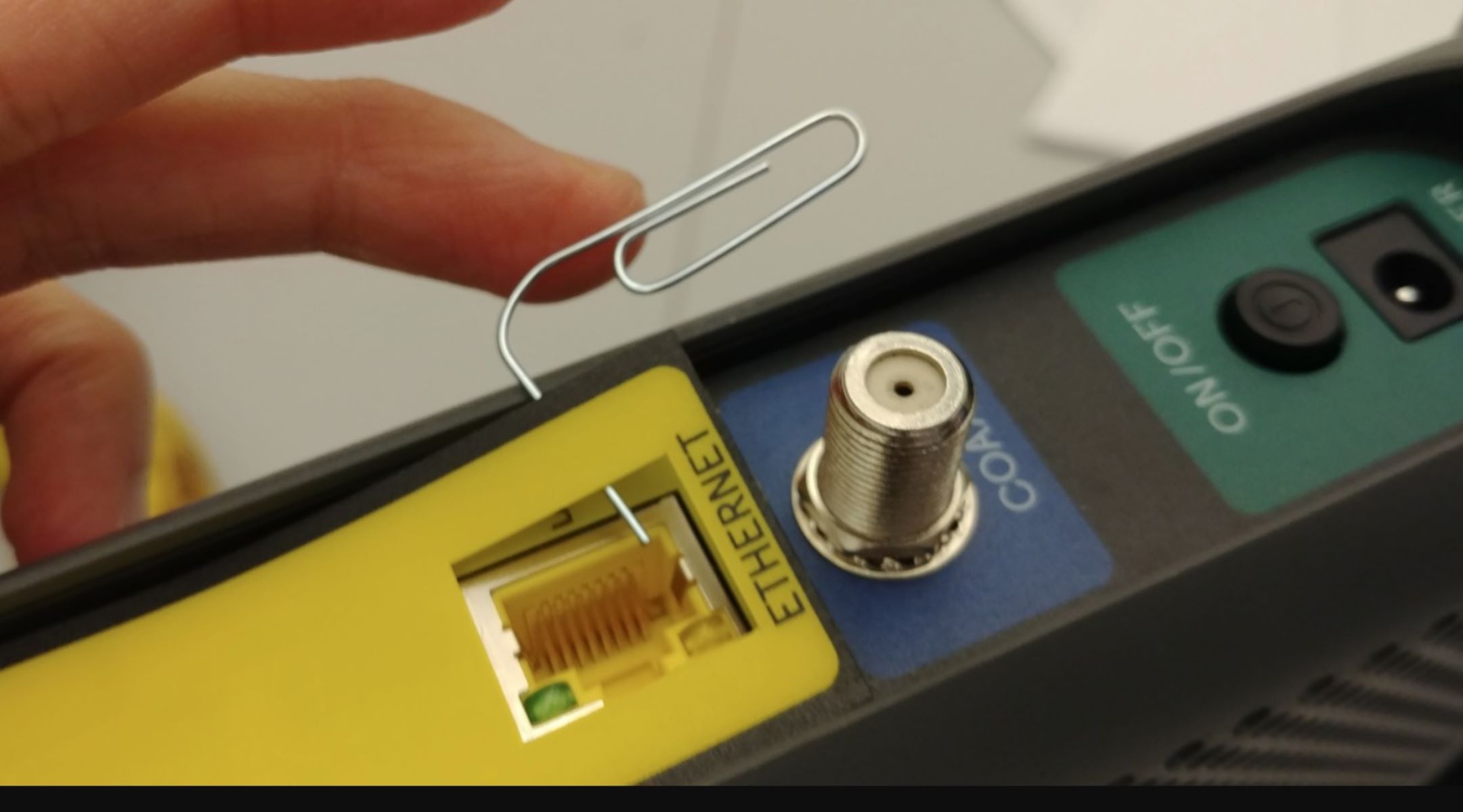Introduction
Understanding how a network switch utilizes MAC addresses is crucial for comprehending the fundamental operations of modern computer networks. A MAC (Media Access Control) address is a unique identifier assigned to a network interface controller (NIC) for communications at the data link layer of a network segment. The network switch, a critical component in local area networks (LANs), employs MAC addresses to efficiently manage the flow of data between devices connected to its ports.
By delving into the intricacies of MAC address utilization by network switches, we gain insight into the underlying mechanisms that facilitate seamless data transmission within a network. This article explores the role of MAC addresses in the operations of network switches, shedding light on the processes of MAC address learning, table management, and forwarding. Through this exploration, we aim to demystify the functionality of network switches and illuminate the significance of MAC addresses in optimizing network performance.
Understanding the interplay between MAC addresses and network switches is pivotal for network administrators, IT professionals, and enthusiasts seeking to deepen their comprehension of network infrastructure. Let's embark on a journey to unravel the intricacies of MAC address utilization by network switches, unveiling the pivotal role these unique identifiers play in the efficient routing of data across local area networks.
The next sections will delve into the specifics of MAC addresses and their utilization by network switches, providing a comprehensive overview of the mechanisms that underpin the seamless operation of modern computer networks. Let's explore the fascinating world of MAC address utilization in network switches, unraveling the core processes that drive the efficient exchange of data within local area networks.
What is a MAC Address?
A MAC (Media Access Control) address, also known as a hardware address or physical address, is a unique identifier assigned to a network interface controller (NIC) for communication within a network segment. This address is embedded in the NIC by the manufacturer and serves as a distinctive label for the device on the network. Comprising 12 characters, a MAC address is typically expressed in hexadecimal format, with each character representing four bits.
MAC addresses play a pivotal role in enabling devices to communicate within a local area network (LAN) by facilitating the identification and routing of data packets. Unlike IP (Internet Protocol) addresses, which can change based on network configurations, MAC addresses are hardcoded into the network interface and remain constant, ensuring the unequivocal identification of devices within the network.
Every NIC, including those integrated into computers, printers, routers, and network switches, is assigned a unique MAC address. This distinctiveness is crucial in preventing data collisions and enabling precise delivery of data packets to the intended recipient. The first half of a MAC address, known as the OUI (Organizationally Unique Identifier), identifies the manufacturer of the device, while the second half uniquely identifies the device itself.
As the cornerstone of data link layer communication, MAC addresses are essential for the efficient transmission of data packets within a network. Their unchanging nature and unique assignment to each device make them indispensable for network operations, serving as the bedrock for the functioning of network switches and other networking devices.
Now that we’ve established the fundamental nature of MAC addresses, let’s delve into how network switches leverage these unique identifiers to manage and direct the flow of data within a network.
How Does a Network Switch Use MAC Addresses?
A network switch utilizes MAC addresses to facilitate the efficient and targeted transmission of data within a local area network (LAN). By leveraging MAC addresses, switches can intelligently manage the flow of data traffic, ensuring that packets are delivered only to their intended recipients. The following mechanisms illustrate how network switches harness MAC addresses to optimize data transmission:
- MAC Address Learning: When a network switch receives a data packet, it examines the source MAC address to learn which device is connected to a specific port. This process, known as MAC address learning, enables the switch to build a table associating MAC addresses with the corresponding switch ports.
- MAC Address Table: The switch maintains a MAC address table, also referred to as a forwarding table or CAM (Content Addressable Memory) table, which records the association between MAC addresses and the switch ports to which devices are connected. This table serves as a reference for the switch to efficiently direct data packets to their intended destinations.
- MAC Address Forwarding: When a data packet arrives at a switch, it examines the destination MAC address to identify the appropriate port for forwarding the packet. By referencing the MAC address table, the switch can intelligently route the packet to the specific port where the intended recipient device is connected, minimizing network congestion and optimizing data transmission.
These processes collectively enable network switches to leverage MAC addresses as the cornerstone for directing data traffic within a LAN. By dynamically learning and associating MAC addresses with switch ports, switches can efficiently manage the flow of data, enhancing network performance and ensuring that data packets are delivered precisely to their intended destinations.
As we unravel the intricate utilization of MAC addresses by network switches, it becomes evident that these unique identifiers play a pivotal role in optimizing data transmission and fostering the seamless operation of local area networks. Now, let’s delve deeper into the specifics of MAC address learning, table management, and forwarding within the context of network switch operations.
MAC Address Learning
MAC address learning is a fundamental process through which network switches dynamically acquire and associate MAC addresses with the switch ports to which devices are connected. When a switch receives a data frame from a device on one of its ports, it examines the source MAC address of the frame to identify the originating device. The switch then records this MAC address-port association in its MAC address table, also known as a forwarding table or CAM (Content Addressable Memory) table.
By continuously learning and updating the MAC address table based on the source MAC addresses of incoming data frames, the switch builds a comprehensive reference of MAC address-port associations. This dynamic learning process allows the switch to intelligently direct data traffic within the network, optimizing the delivery of data packets to their intended destinations.
It’s important to note that the MAC address learning process is not static; switches adapt to changes in network topology and device connectivity by updating the MAC address table as devices connect to or disconnect from the network. This adaptive capability ensures that the switch maintains accurate and up-to-date information about the location of devices within the network, enabling precise data transmission without unnecessary network congestion.
MAC address learning is instrumental in enhancing network efficiency and performance, as it empowers switches to intelligently route data traffic based on the learned MAC address-port associations. By dynamically adapting to changes in network connectivity and continuously updating the MAC address table, switches can effectively manage the flow of data within a local area network, optimizing the delivery of data packets and minimizing network latency.
As we delve deeper into the intricacies of MAC address utilization by network switches, the dynamic nature of MAC address learning emerges as a pivotal process that underpins the seamless operation of local area networks. Let’s continue our exploration of the mechanisms through which switches leverage MAC addresses to optimize data transmission and network performance.
MAC Address Table
The MAC address table, also known as a forwarding table or CAM (Content Addressable Memory) table, is a critical component of a network switch’s operation. This table maintains a record of the associations between MAC addresses and the switch ports to which devices are connected. As the switch receives data frames from devices on its ports, it dynamically populates and updates the MAC address table through the process of MAC address learning.
The MAC address table serves as a reference for the switch to intelligently direct data traffic within the network. By consulting the MAC address table, the switch can efficiently determine the appropriate port to which a data packet should be forwarded based on the destination MAC address. This targeted forwarding minimizes network congestion and ensures that data packets are delivered precisely to their intended recipients.
As devices communicate within the network, the switch continuously updates the MAC address table to reflect changes in device connectivity and network topology. When a new device connects to a switch port, the switch dynamically learns the MAC address of the device and associates it with the corresponding port in the MAC address table. Similarly, when a device disconnects from the network, the switch removes the associated MAC address-port entry from the table.
The dynamic nature of the MAC address table enables switches to adapt to changes in network connectivity, ensuring that the table accurately reflects the current location of devices within the network. This adaptability is crucial for optimizing data transmission and network performance, as it allows switches to intelligently route data packets based on the real-time associations between MAC addresses and switch ports.
By maintaining an up-to-date MAC address table and leveraging the associations recorded within it, network switches can effectively manage the flow of data within a local area network, contributing to the seamless and efficient operation of network infrastructure. The MAC address table stands as a cornerstone of network switch functionality, enabling precise and targeted data transmission based on the unique identifiers of connected devices.
As we delve deeper into the utilization of MAC addresses by network switches, the dynamic and adaptive nature of the MAC address table emerges as a pivotal mechanism that underpins the efficient routing of data within local area networks. Let’s continue our exploration of the processes through which switches leverage MAC addresses to optimize data transmission and network performance.
MAC Address Forwarding
MAC address forwarding is a crucial process through which network switches intelligently direct data packets within a local area network (LAN) based on the destination MAC addresses of the packets. When a switch receives a data packet, it examines the destination MAC address to determine the appropriate port to which the packet should be forwarded. This process, facilitated by the switch’s MAC address table, enables targeted and efficient data transmission within the network.
Upon receiving a data packet, the switch consults its MAC address table to identify the port associated with the destination MAC address. By referencing this information, the switch intelligently forwards the packet to the specific port where the intended recipient device is connected. This targeted forwarding minimizes network congestion and ensures that data packets reach their intended destinations without unnecessary transmission across the entire network.
The process of MAC address forwarding is instrumental in optimizing network performance, as it allows switches to efficiently route data packets based on the learned associations between MAC addresses and switch ports. By leveraging the MAC address table to make informed forwarding decisions, switches contribute to the seamless and precise delivery of data within the network, enhancing overall network efficiency.
Furthermore, the dynamic nature of MAC address forwarding enables switches to adapt to changes in network connectivity and device locations. As devices connect to or disconnect from the network, the switch updates its MAC address table and adjusts its forwarding decisions accordingly. This adaptability ensures that data packets are consistently routed to their intended recipients, even in the face of evolving network configurations.
By intelligently leveraging MAC address forwarding, network switches play a pivotal role in optimizing the flow of data within local area networks. The targeted and efficient transmission of data packets, facilitated by MAC address forwarding, contributes to the seamless operation of network infrastructure, enhancing network performance and minimizing unnecessary network congestion.
As we continue to unravel the intricacies of MAC address utilization by network switches, the process of MAC address forwarding emerges as a pivotal mechanism that underpins the efficient routing of data within local area networks. Let’s delve deeper into the processes through which switches harness MAC addresses to optimize data transmission and network performance.
Conclusion
In conclusion, the utilization of MAC addresses by network switches serves as a cornerstone for the efficient and targeted transmission of data within local area networks (LANs). By dynamically learning, maintaining, and leveraging MAC address information, switches optimize the flow of data traffic, ensuring that data packets are delivered precisely to their intended recipients. The processes of MAC address learning, table management, and forwarding collectively contribute to the seamless operation of network infrastructure, enhancing network performance and minimizing unnecessary network congestion.
MAC address learning enables switches to dynamically acquire and associate MAC addresses with the switch ports to which devices are connected. This adaptive process ensures that switches maintain accurate and up-to-date information about the location of devices within the network, enabling precise data transmission without unnecessary network congestion.
The MAC address table, a critical component of network switch operations, maintains a record of the associations between MAC addresses and the switch ports to which devices are connected. By leveraging the associations recorded within the MAC address table, switches can efficiently determine the appropriate port to which a data packet should be forwarded based on the destination MAC address, contributing to the seamless and efficient operation of network infrastructure.
MAC address forwarding, facilitated by the switch’s MAC address table, enables targeted and efficient data transmission within the network. By intelligently routing data packets based on the learned associations between MAC addresses and switch ports, switches contribute to the seamless and precise delivery of data, enhancing overall network efficiency.
As we conclude our exploration of MAC address utilization by network switches, it becomes evident that these unique identifiers play a pivotal role in optimizing data transmission and fostering the seamless operation of local area networks. The dynamic and adaptive nature of MAC address learning, table management, and forwarding collectively underpin the efficient routing of data within local area networks, contributing to the seamless and precise delivery of data within network infrastructure.
By unraveling the intricacies of MAC address utilization in the context of network switches, we gain a deeper understanding of the fundamental mechanisms that drive the efficient exchange of data within local area networks, shedding light on the pivotal role these unique identifiers play in optimizing network performance and enhancing the seamless operation of network infrastructure.









